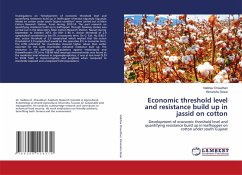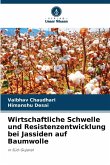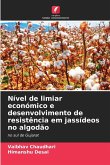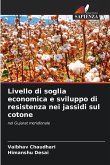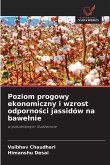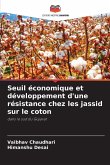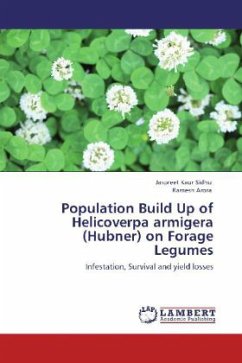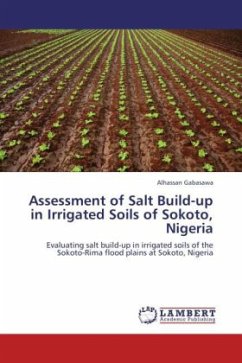Investigations on "Development of economic threshold level and quantifying resistance build up in leafhopper (Amrasca biguttula biguttula Ishida) on cotton under south Gujarat condition" were carried out at Main Cotton Research Station, Surat during 2013-14. The part research on quantifying resistance build up in leafhopper through bioassay studies was carried out in the laboratory, Main Cotton Research Station, Navsari during September to October 2013. On RCH 2 BG II, Action threshold of 2.0 nymphs/leaf considered as the ETL in economic term. On G. Cot. Hy. 8 BG II also, action threshold of 2.0 nymphs/leaf which implied that the action threshold of 2.0 nymphs/leaf would be the operative ETL in economic term. The LC50 estimated for insecticides showed higher values than earlier reported for the same insecticides indicated resistance built up. The resistance in the leafhopper populations against imidacloprid and thiamethoxam (78.24 to 108.68 fold) amongst neonicotinoids was found at the moderate level whereas in organophosphates, it was at low level (9.29 to 29.04 fold) in monocrotophos and acephate when compared to insecticide exposed and unexposed field populations.
Bitte wählen Sie Ihr Anliegen aus.
Rechnungen
Retourenschein anfordern
Bestellstatus
Storno

